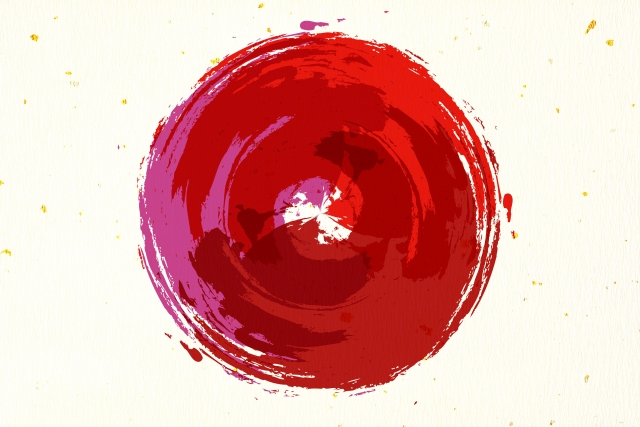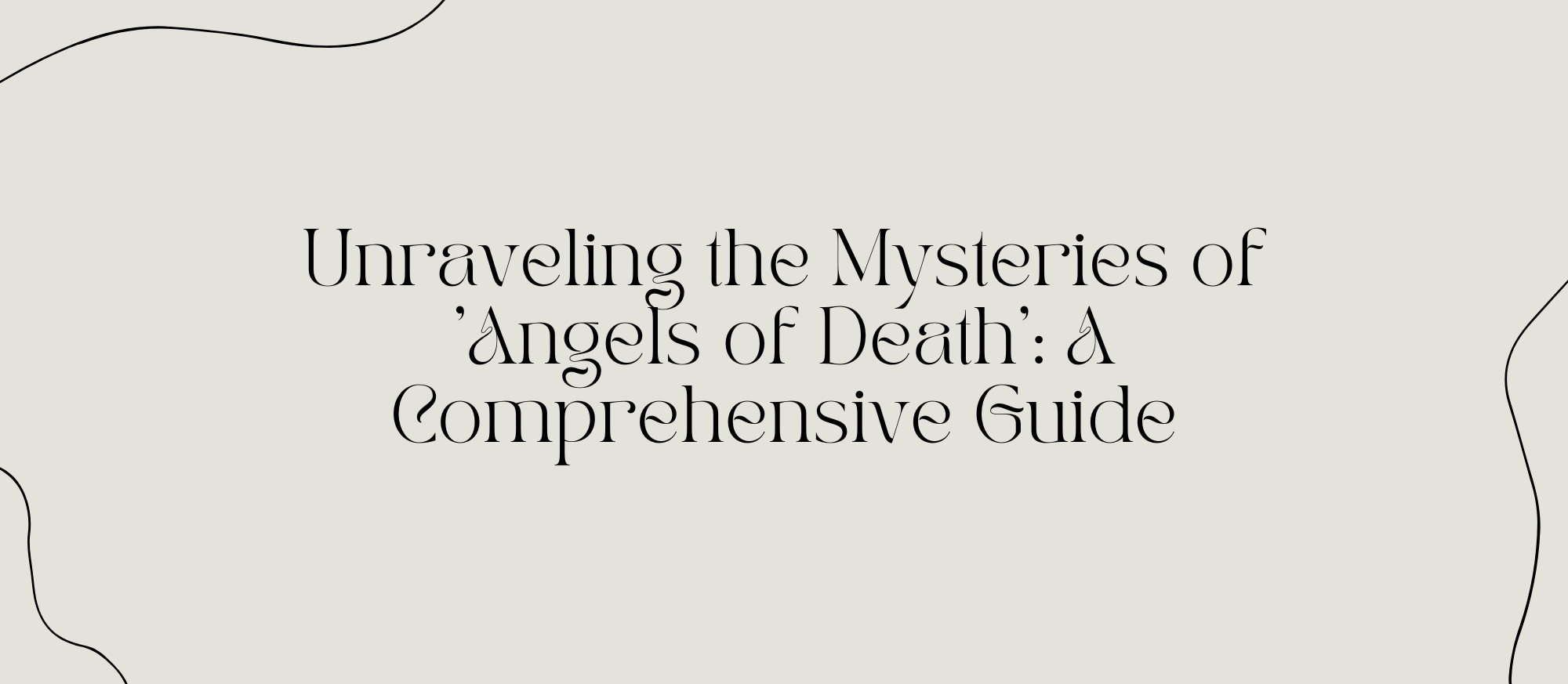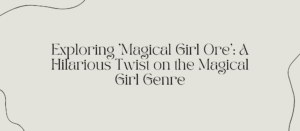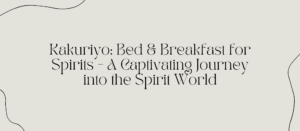Introduction to ‘Angels of Death’

Hey there! Are you ready to dive into the chilling world of “Angels of Death”? This series isn’t just your average anime; it’s a unique fusion of horror and psychological thriller that will keep you on the edge of your seat. Let’s break down what makes this show a must-watch.
So, what’s “Angels of Death” all about? Picture this: a young girl named Rachel wakes up in the basement of an abandoned building with no memories of how she got there. She meets Zack, a scythe-wielding serial killer draped in bandages, and together, they form an unlikely pact to escape their bizarre prison, floor by horrifying floor. The catch? Each level is controlled by a different sadistic caretaker, turning their journey into a survival game steeped in blood and madness.
But here’s a twist – “Angels of Death” actually started as a hit indie game before it was adapted into an anime. That’s right! Originating from the creative minds at Hoshikuzu KRNKRN (Makoto Sanada), the game captivated players with its dark narrative and intriguing puzzles, setting the stage for its anime adaptation. The transition from game to screen has introduced this eerie saga to a broader audience, expanding its fan base and enhancing its storytelling with dynamic animation.
Why does this blend of horror and psychology work so well? It’s all about the deep, dark exploration of the characters’ psyches, paired with thrilling escape-room-style challenges. This combination hooks viewers from the start and keeps them guessing at every turn.
So, if you’re into narratives that mix spine-tingling suspense with deep psychological twists, “Angels of Death” is definitely for you. Ready to explore the dark corridors of Rachel and Zack’s world? Trust me, it’s a journey worth taking. Let’s get started and see what secrets lie within the walls of their eerie labyrinth!
Characters and Dynamics

Hey, let’s talk about the intriguing characters of “Angels of Death” and the complexities of their relationships. At the heart of this eerie narrative are Rachel Gardner and Zack, whose unconventional partnership drives the story forward. But there’s more to the cast than just our main duo, so let’s dive in and explore.
First up, we have Rachel Gardner, a seemingly innocent girl with a mysterious past. She wakes up in a bizarre building with no memory of why she’s there. Rachel’s calm and composed demeanor masks deep psychological scars and a quest for meaning in her life. Her character’s depth unfolds as she navigates the twisted world she’s trapped in, making her both relatable and intriguing.
Then there’s Zack, the scythe-wielding, bandaged anti-hero with a penchant for violence. Despite his terrifying appearance and brutal tendencies, Zack forms an unlikely bond with Rachel. His backstory is just as complex as hers, filled with abuse and abandonment, shaping him into the twisted figure he is today. Together, they form a pact to escape, each pursuing their own version of salvation. Their dynamic is fascinating—mixing trust, mutual dependence, and the occasional clash of morals.
But what about the others? The secondary characters aren’t just fillers; they’re pivotal to the story. Each floor of the building introduces a new antagonist, from the deceitful doctor Danny to the gravekeeper Eddie. These characters are not mere obstacles; they’re essential for revealing more about Rachel and Zack’s pasts and personalities. Their interactions with these caretakers bring up themes of guilt, redemption, and what it means to be ‘normal.’
The way these characters interplay with Rachel and Zack provides a backbone for the series’ exploration of psychological and philosophical questions. Can you imagine being tested at every turn by someone who reflects your darkest fears and desires? That’s what Rachel and Zack face, and it’s this intense interaction that keeps viewers hooked, dissecting every dialogue and confrontation for deeper meaning.
So, whether you’re a fan of psychological thrillers or just love deep character studies, the complex relationships and character dynamics in “Angels of Death” offer a rich tapestry that’s both disturbing and captivating. Ready to delve deeper into their twisted world? I promise, the more you learn about them, the more you’ll be engrossed in their journey toward the uncertain light at the end of their dark tunnel.
Plot Overview

So, are you ready to unravel the mysterious and twisted plot of “Angels of Death”? Let’s dive into the main storyline, keeping it spoiler-free, and discuss why this series isn’t just another run-of-the-mill anime.
Imagine waking up with no memory in a strange building that feels like a house of horrors. This is the reality for Rachel Gardner, the protagonist who finds herself on floor B7 of an unknown facility. Each floor is a puzzle, a trap, and a test of survival. Rachel’s initial goal is simple: to escape. But things take a dark turn when she meets Zack, a scythe-wielding serial killer who becomes her unlikely ally.
Now, you might wonder, why would a girl team up with a killer? Well, it’s not about wanting to, it’s about needing to. Their partnership is a twisted deal—Rachel wants to die, but only if she can escape and have Zack kill her outside, while Zack wants a guide through the building’s labyrinths. Each floor they ascend introduces a new guardian, each more deranged and dangerous than the last, challenging their pact and pushing the boundaries of their sanity.
Let’s talk psychology and themes. “Angels of Death” delves deep into the minds of its characters, exploring themes of life, death, and what lies in between. Rachel’s numbness to death and Zack’s violent impulses are just the surface. The series questions morality, the value of life, and the nature of redemption through its character-driven narrative. Each character they encounter reflects back parts of their psyches, acting as mirrors and windows into their deepest fears and desires.
What makes this series truly stand out is how it uses its setting and plot to peel back the layers of its characters. The building isn’t just a physical space; it’s a psychological battleground. The challenges Rachel and Zack face are not just physical obstacles but are deeply tied to their mental and emotional scars.
So, whether you’re in it for the suspense, the horror, or the deep psychological exploration, “Angels of Death” offers a complex narrative that keeps you guessing and thinking long after you’ve finished watching. Ready to see how deep this rabbit hole goes? Join Rachel and Zack on their harrowing journey to freedom, and maybe, to finding some semblance of peace.
Themes and Symbolism

Hey there! Ready to dive deep into the rich tapestry of themes and symbolism that “Angels of Death” weaves? This series is much more than its chilling atmosphere; it’s a profound examination of morality, death, and redemption, all intricately layered with symbolic elements that enhance its psychological impact. Let’s unpack these ideas without spoiling too much.
First up, let’s talk about morality. Throughout the series, Rachel and Zack navigate a morally ambiguous world where traditional notions of right and wrong are constantly questioned. Each character they encounter presents a different moral dilemma, pushing both protagonists to confront their own ethics and desires. This moral complexity is symbolized through the setting itself—the decrepit building, with each floor representing a different aspect of human sin or virtue, challenges them to reflect on their actions and motivations.
Now, onto the big one—death. It’s not just a theme but a constant, looming presence in “Angels of Death.” From Rachel’s numb acceptance of her fate to Zack’s violent tendencies, the series explores death from multiple angles. Symbolically, death is represented not just as an end but as a transformative process. The recurring imagery of decay and rebirth throughout the building’s architecture and the character’s backstories enhances this theme, making viewers ponder what it truly means to ‘die’ or to ‘live.’
Redemption is another pivotal theme. Both main characters seek it, though their paths are vastly different. Rachel’s journey towards redemption is tied closely with her evolving relationship with Zack, while Zack’s is linked with his actions and their consequences. Symbolically, the series uses motifs of chains and freedom to represent this struggle—Rachel and Zack are both literally and figuratively bound by their pasts and only through understanding and confronting these chains can they hope to find redemption.
The use of symbolism to amplify these themes is brilliantly executed. For instance, the series often uses mirrors and broken glass to reflect the fractured identities and truths of its characters, playing into the larger psychological battles they face. Each element is meticulously crafted to add depth, pushing the audience to look beyond the surface scares to the profound emotional and philosophical battles playing out.
So, whether you’re drawn to “Angels of Death” for the horror elements or the psychological depth, there’s no denying the powerful blend of themes and symbolism that make it a standout series. Ready to see how these themes play out in Rachel and Zack’s eerie journey? It’s sure to be as thought-provoking as it is thrilling!
Impact and Reception

Hey folks, have you ever wondered how “Angels of Death” resonated with its audience and critics? Let’s dive into the reception of this compelling series and explore its unique stamp on the horror anime genre. Buckle up; this is going to be intriguing!
First off, how was “Angels of Death” received? Well, it’s a mix of fascination and horror that has captivated a broad audience. Fans of the original game were thrilled to see their beloved characters and dark storylines animated. The series has a strong following, praised for its intense narrative and psychological depth, which hooks viewers right from the start. Fans especially love the complex relationship between Rachel and Zack, as their dark and twisted partnership provides a fresh take on horror and survival themes.
Critics, on the other hand, have given “Angels of Death” a mixed reception. While some praise the series for its unique blend of horror elements and psychological thriller, others feel that its pacing and development could be uneven at times. However, most agree that the anime stands out for its ability to delve deep into the psyche of its characters, offering a darker, more introspective look at horror than many of its contemporaries.
And what about its influence on the horror genre? “Angels of Death” has definitely left its mark. The series challenges conventional horror tropes by blending them with deep psychological exploration, setting it apart from more traditional horror anime. Its success has shown that there’s a robust appetite for this kind of psychological horror, encouraging more creators to explore complex and dark themes within the genre.
The narrative’s setting, a mysterious building with each floor controlled by a sinister caretaker, has also been influential. This setup provides a chilling backdrop that many newer horror series have sought to emulate, using confined spaces to heighten tension and fear. The series’ ability to maintain suspense through psychological challenges and moral dilemmas rather than relying solely on supernatural elements has redefined what a horror anime can be.
So, are you a fan of spine-tingling stories that make you think and shiver? If so, “Angels of Death” is a must-watch. Its impact on the horror anime landscape is undeniable, and its unique take on the genre is sure to be influential for years to come. Ready to dive into this darkly thrilling world? Trust me, it’s a journey worth taking for any horror enthusiast!








